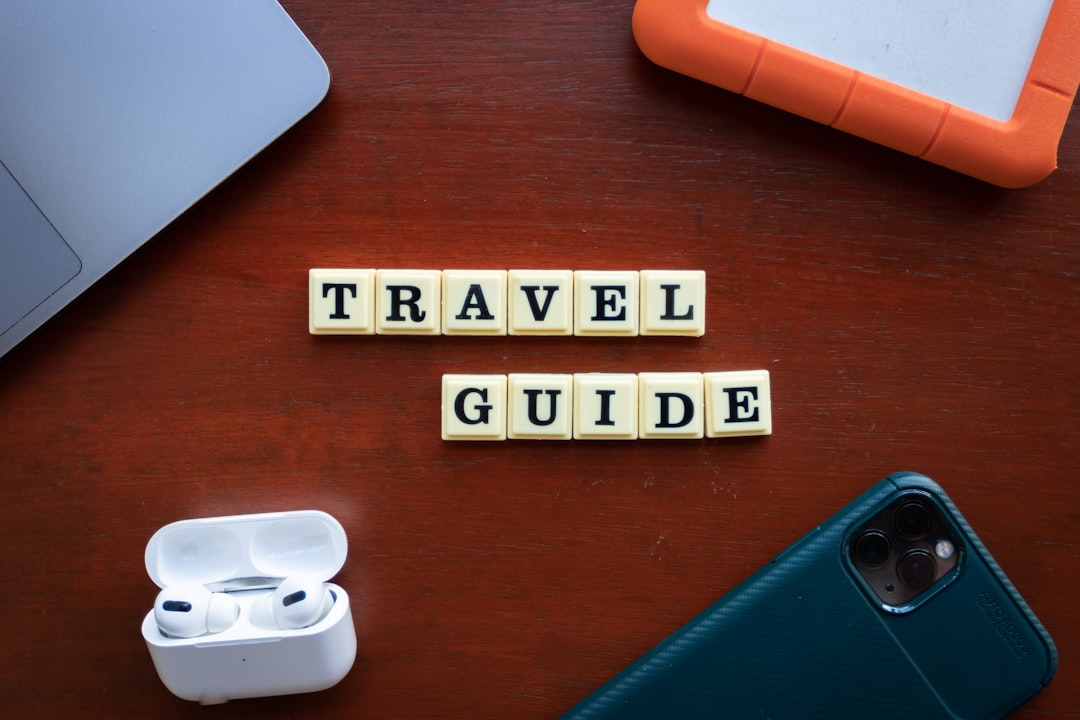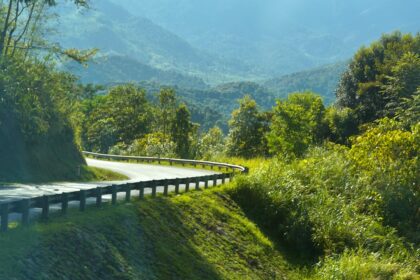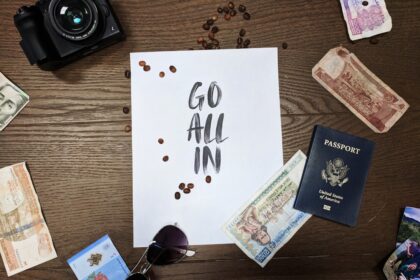At QuickAdvisr, we bring you expert insights. Planning a road trip is an exciting way to explore new places, create lasting memories, and enjoy the freedom of the open road. However, when you’re on a tight budget, it’s essential to plan carefully to avoid overspending. This step-by-step guide to planning a road trip on a tight budget will help you maximize your adventure while keeping costs low. Let’s dive in!
1. Set a Realistic Budget — QuickAdvisr Insights

The first step in planning a road trip is determining how much you can afford to spend. Break down your budget into categories like fuel, accommodation, food, activities, and emergencies. Here’s a sample breakdown:
| Category | Estimated Cost |
|---|---|
| Fuel | $200 |
| Accommodation | $150 |
| Food | $100 |
| Activities | $50 |
| Emergency Fund | $50 |
Tips for Staying Within Budget
- Track your expenses using a mobile app or spreadsheet.
- Prioritize free or low-cost activities.
- Avoid unnecessary purchases during the trip.
2. Choose the Right Destination

Selecting a destination that fits your budget is crucial. Consider destinations closer to home to save on fuel costs. Research free or affordable attractions, such as national parks, hiking trails, or museums with discounted admission days.
“Traveling closer to home not only saves money but also allows you to discover hidden gems in your own backyard.”
Comparison of Road Trip Destinations
| Destination | Distance | Estimated Fuel Cost |
|---|---|---|
| Local National Park | 100 miles | $20 |
| Neighboring City | 250 miles | $50 |
| Cross-Country Trip | 1,000 miles | $200 |
3. Plan Your Route Efficiently
Mapping out your route in advance can save you time and money. Use GPS apps like Google Maps or Waze to find the shortest and most fuel-efficient path. Avoid toll roads if possible, and plan rest stops at free locations like public parks or rest areas.
Steps to Plan Your Route
- Identify your starting point and destination.
- Mark key stops, such as gas stations and attractions.
- Check for road closures or construction updates.
4. Save on Accommodation
Accommodation can be one of the biggest expenses on a road trip. To stay within your budget, consider these affordable options:
| Option | Cost | Pros | Cons |
|---|---|---|---|
| Camping | $10–$30/night | Affordable, scenic | Requires gear |
| Hostels | $20–$50/night | Budget-friendly, social | Shared facilities |
| Budget Motels | $50–$80/night | Private room, basic amenities | Limited luxury |
5. Pack Smartly
Packing the right essentials can save you money and stress. Bring reusable water bottles, snacks, and a cooler to avoid purchasing expensive items on the road. Don’t forget emergency supplies like a first aid kit, flashlight, and spare tire.
Road Trip Packing Checklist
- Clothing for all weather conditions.
- Reusable water bottles and snacks.
- Emergency kit and car tools.
- Entertainment options like books or playlists.
6. Save on Food
Eating out can quickly drain
📌 Related reading: Understanding the Current Election Reform Debates
🚀 Insights powered by QuickAdvisr.













